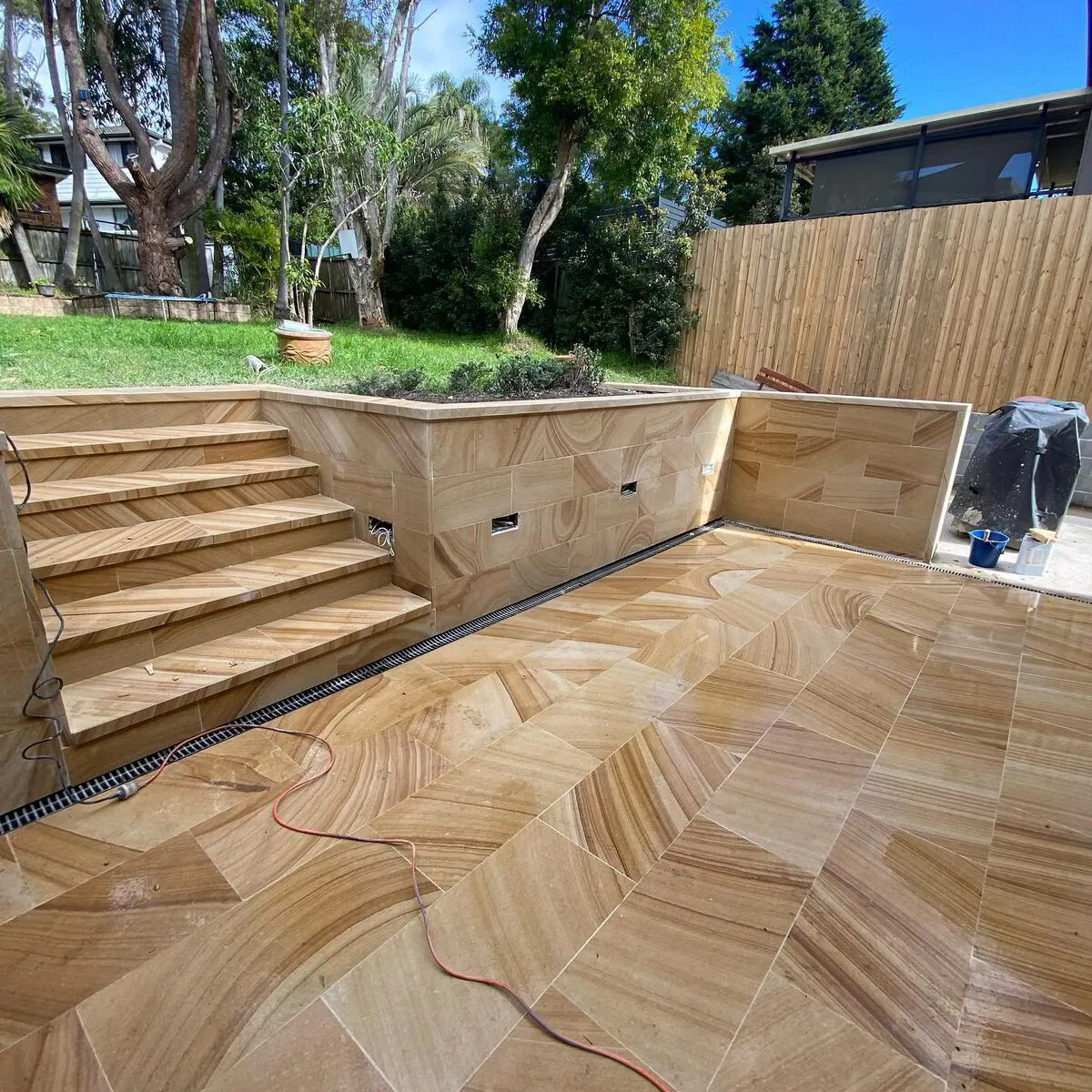Elevating Spaces: The Art and Practicality of Paving Stairs

Paving stairs are a compelling choice for enhancing aesthetic appeal and ensuring durability in various outdoor settings. These carefully designed and constructed stairs provide a functional and stylish solution for navigating elevation changes in residential gardens, public parks, or commercial spaces.
Paving stairs involves applying a durable, often decorative material to the steps, transforming them from simple, functional structures into integral landscape design elements. The most commonly used materials include natural stone, concrete, and brick, each offering unique benefits and visual characteristics.
Natural Stone: One of the most popular options for paving stairs is natural stone, such as sandstone, granite, or slate. These materials are prized for their beauty and durability. Stone paving stairs can bring a classic, timeless look to any setting, with each stone offering unique colour variations and textures. Natural stone is also highly durable and capable of withstanding many weather conditions while maintaining its aesthetic appeal.
Concrete: Concrete paving stairs are an excellent choice for a more modern and versatile option. Concrete can be customized in colour, texture, and pattern, allowing for various design possibilities. Additionally, concrete is robust and low-maintenance, making it suitable for high-traffic areas. Stamped or stained concrete can imitate the look of natural stone or other materials, offering an affordable substitute with a comparable aesthetic impact.
Brick: Brick paving stairs provide a charming, classic look with a sense of traditional craftsmanship. The warm, earthy tones of brick create a welcoming atmosphere, and the material's inherent strength ensures long-lasting performance. Brick steps are often used in garden settings or historic renovations, where their texture and colour complement the surrounding landscape.
Several factors should be considered when designing paved stairs to ensure functionality and safety. Proper drainage is required to prevent water accumulation and reduce the risk of slipping. Non-slip surfaces or treads can be added to enhance safety, especially in wet conditions. Additionally, the design should incorporate comfortable step dimensions and consistent riser heights to provide ease of use.
Incorporating paving into stair design enhances a space's visual appeal and adds practical benefits such as improved durability and ease of maintenance. Whether opting for the natural simplicity of stone, the modern versatility of concrete, or the classic charm of brick, paving stairs can elevate the functionality and aesthetics of any setting, making them a valuable investment in your outdoor or architectural projects.
- Industry
- Art
- Causes
- Crafts
- Dance
- Drinks
- Film
- Fitness
- Food
- Spiele
- Gardening
- Health
- Home
- Literature
- Music
- Networking
- Other
- Party
- Religion
- Shopping
- Sports
- Theater
- Wellness
- News


